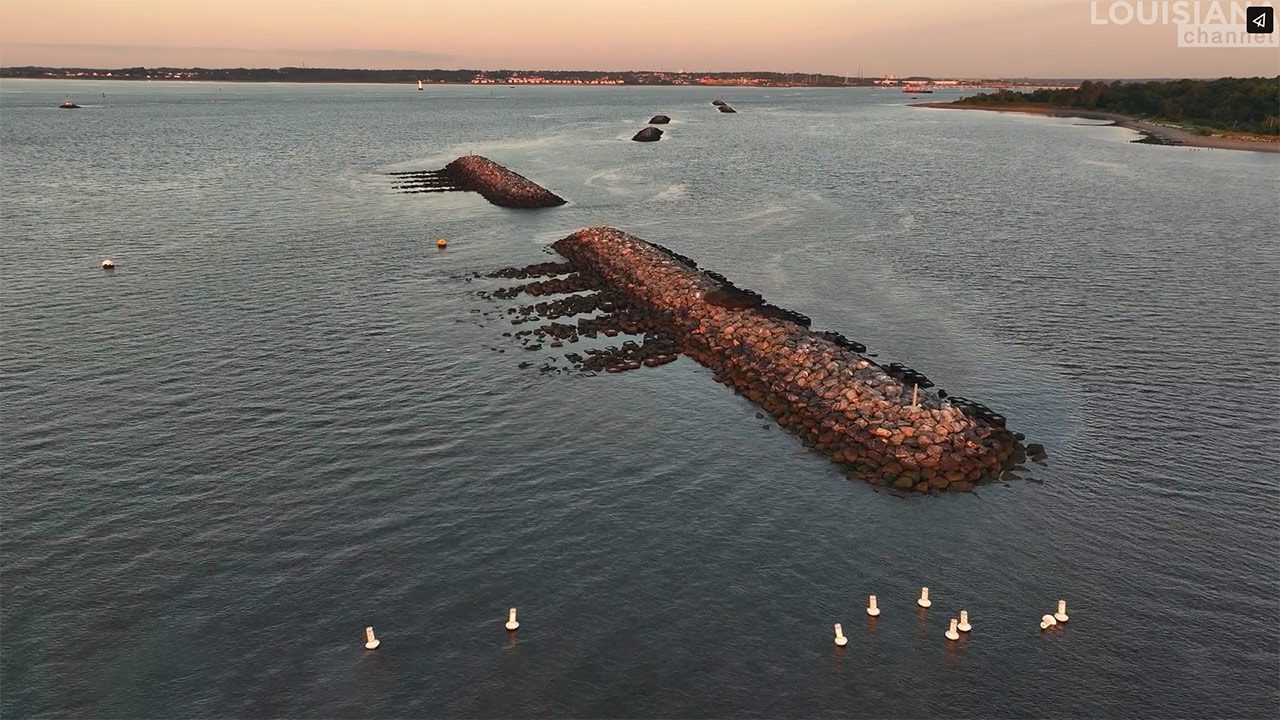Kate Orff examines the relationship between humans, nature, and the power of community. We met her in her New York studio. ”One thing that drew me to landscape architecture is that you must think with both sides of your brain. There’s a highly visionary, creative side to what you do. It’s propositional thinking. It’s like, what if? And so it’s very, very future-oriented. But then the other half is very technical, science-driven, almost engineering. And landscape kind of melds those two things at every moment.”
”It’s about choreographing the relationship between human and nature in ways that I think, frankly, have been lost. Somehow, we’ve lost our way in the last decades, in the last century, where humans have come apart from nature and seen it as just a territory for exploitation, of poking and in it to draw out oil and fossil fuels and imposing monocultures on vast systems.”
”So we’ve really lost our way in terms of understanding and valuing biodiversity and also understanding and valuing that people need to be a part of nature and consider themselves stewards of this planet that we’re on.”
”And so, all this has really changed my understanding of how landscape architects need to act in the world. There’s a cultural dimension to landscape, but it’s not about making a perfect walled garden. It’s really about working to hit the reset button and help nature basically regenerate itself in many forms across our many ecosystems of forests, oceans, and coasts.”
Kate Orff (b. 1971) is an American landscape architect. She is the founding principal of SCAPE, a design-driven landscape architecture and urban design studio based in New York. She graduated with a Bachelor’s in Political and Social Thought from the University of Virginia with Distinction. She earned a Master’s in Landscape Architecture from the Graduate School of Design (GSD) at Harvard University. She is the Director of the Urban Design Program, Co-Director of the Centre for Resilient Cities and Landscapes (CRCL), and Professor at Columbia University’s Graduate School of Architecture, Planning and Preservation (GSAPP). She also sits on the Commission on Accelerating Climate Action for the American Academy of Arts and Sciences, as well as the Advisory Board for Urban Ocean Lab, a policy think tank.
In her work, Kate focuses on retooling the practice of landscape architecture relative to the uncertainty of climate change and creating spaces to foster social life, which she has explored through publications, activism, research, and projects. Widely recognised as a leading voice in landscape architecture, urban design, and climate adaptation in a global context, she is known for advancing complex, creative, and collaborative work that advances broad environmental and social prerogatives.
Among her many accolades, Kate became the first landscape architect to receive the MacArthur Foundation’s prestigious “genius” grant in 2017. In 2019, she was elevated to the ASLA Council of Fellows, accepted a National Design Award in Landscape Architecture from the Cooper Hewitt, and was named a “Hero of the Harbour” by the Waterfront Alliance. In 2020, she was named Urbanist of the Year by The Architect’s Newspaper. In 2023, she was named to the TIME 100, the magazine’s annual list of the most influential people in the world. In the same year, she received the Obel Award for her project Living Breakwaters along the south shore of Staten Island in New York.
Kate is the author of several books, including Toward an Urban Ecology (Monacelli, 2016), co-author, with photographer Richard Misrach, of Petrochemical America (Aperture, 2012), and a contributor to All We Can Save (Penguin Random House, 2020), a bestselling anthology of women climate leaders. She has been profiled extensively for publications including The New Yorker, The New York Times, The Washington Post, The Economist, National Geographic, and many more.

